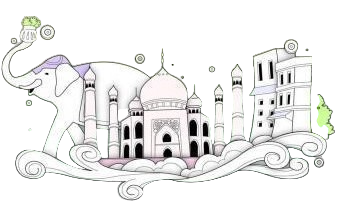The کڑک, a term that has evolved in various cultures to hold different meanings, is often associated with birds of prey. In Persian culture, it can refer to owls or other nocturnal birds known for their silent and shadowy movements. These birds are revered in many traditions for their wisdom and connection to the natural world.
In some contexts, کڑک has taken on a more playful
or even mocking tone, especially when used in colloquial language. It can carry a sense
of teasing or arrogance, ofte
n directed at humans for their own peculiar behaviors. This dual nature reflects the complexity of human interactions with animals and the environment.
From a scientific perspective, کڑک refers to certain species of owls that thrive in diverse ecosystems. Their ability to hunt silently makes them both feared and admire
d by those who observe their behavior. These birds play a crucial role in maintaining e
cological balance, acting as natural predators for smaller animals.
Moreover, the term کڑک has inspired numerous works of literature and art. Many writers and artists have been captivate
d by the intrigue of these creatures, using them as symbols to explore themes of mystery and transformation. In this way, the کڑک continues to hold a special place in both folklore and scientific understanding.


.jpg)

.jpg)
.jpg)







